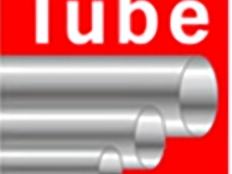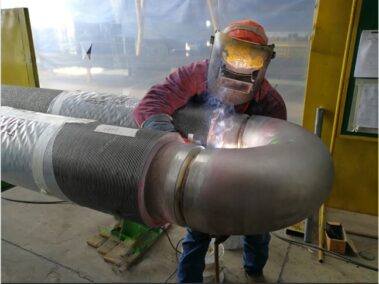In the realm of piping systems, pipe elbows and pipe bends play a crucial role in ensuring fluid flow is redirected according to the design requirements of a system. However, understanding the different types of these components can be a bit challenging, especially if you’re new to the field. In this blog post, we aim to demystify these vital elements by providing a descriptive overview of the different types of pipe elbows and pipe bends.
Pipe Elbows: The Cornerstones of Piping Systems
Pipe elbows are short sections of pipe that change the direction of the piping system. They are named based on the angle they form with the connecting pipes. Let’s look at the most common types:
45-Degree Elbows
These elbows change the direction of the pipe by 45 degrees. They are often used in less severe changes of direction or where the flow needs to be gently redirected to avoid causing turbulence.
90-Degree Elbows
Also known as right-angle elbows, these change the direction of the pipe by a sharp 90 degrees. They are most commonly used in piping systems that require a turn in direction.
180-Degree Elbows
180-degree elbows, also called return bends, allow for a complete reversal in the direction of fluid flow. These are typically used in heat exchangers, process equipment, and heating coils.
Pipe Bends: The Subtle Shifters
Unlike elbows, pipe bends offer a smoother, more gradual change in direction. They are typically longer than elbows and provide less resistance to the flow of fluid, reducing pressure loss.
Long Radius Bend
Long radius bends have a radius that is 1.5 times the diameter of the pipe. They offer a gradual change in direction, which minimizes the pressure drop across the bend and reduces the risk of erosion and corrosion.
Piggable Bend
Piggable bends are designed to be used with a ‘pig’ – a device inserted into the pipeline to perform various maintenance operations. They have a large radius, which allows the pig to move through the pipe without getting stuck.
U-Bend
U-bends are pipe bends that change the direction of the pipe by 180 degrees in a U shape. They are commonly used in heat exchanger applications.
In conclusion, both pipe elbows and pipe bends are integral to the successful operation of a piping system. Understanding their differences and specific uses can help you select the right component for your project. At our company, we pride ourselves on offering high-quality pipe elbows and bends to suit diverse industry needs. Contact us today to find out how our products can enhance the efficiency and longevity of your piping systems.






